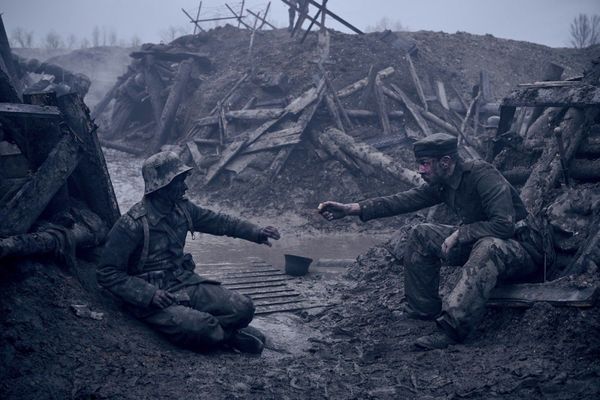The Party in the 21st Century team has created a unique cultural asset in Slovakia. The team for this extraordinary project consists of photographers Ľubomír Sabo and Zuzana Sénášiová, ethnologist Katarína Sabová, two talented painters Sarah Avni and Ivana Mintálová, and face painters Andrea Ľubocká and Patrik Rago. Their aim is to revive and promote traditional culture and to present it to today’s generation in a modern art form.

What does “party” mean?
“Parta” / “party” (pl): a parta is type of a headscarf for girls worn as a symbol of virginity, until their wedding. A “spinster” who did not get a husband and so could not take it off was “left in a parta”. The richly decorated accessory was the most important and beautiful element of the bridal costume in the 19th and 20th centuries and was made uniquely in each Slovak region (as in the whole of Eastern Europe) according to folk customs.
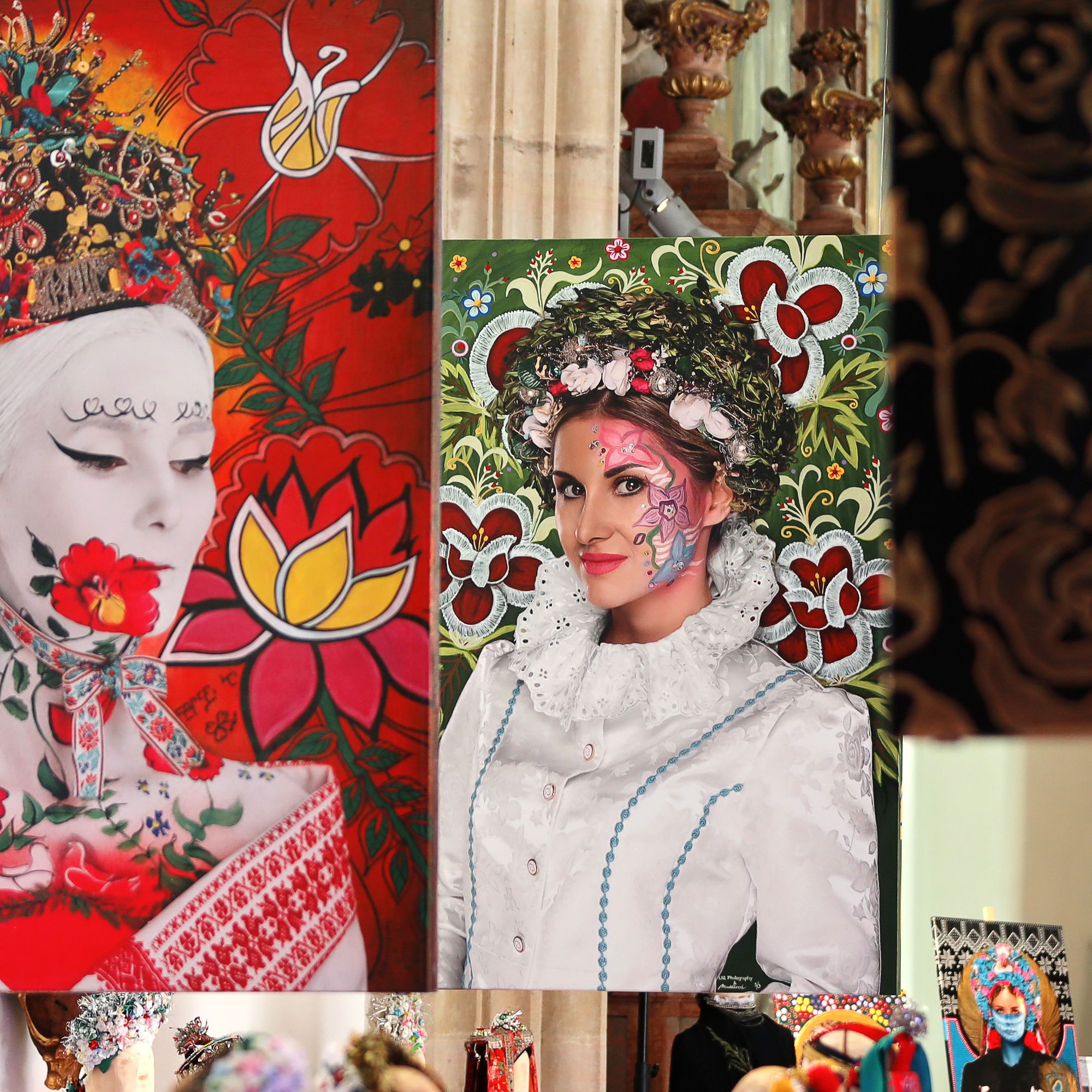


The uniqueness of the paintings lies in the rare combination of art and science—photography, face painting, painting, and ethnology. Over the past 5 years, 54 original paintings have been created. The 54 “party” originating from all regions of Slovakia and Slovak villages in Vojvodina, Serbia are reenvisioned by the talented artists.
The exhibition has so far attracted more than a million visitors worldwide. The first event took place in November 2016, and since then more than 60 other exhibitions have been organized in Slovakia and abroad. Following the great success, fifteen more are planned for the next two years.

The aim of the art initiative is to revive Slovak treasures that are slowly being forgotten. The project will cover a wide artistic spectrum, exploring almost all of the disappearing traditions of the party and and disappearing folk motifs from all over Slovakia.
“It is important for our cultural heritage that our folk traditions are preserved and presented to new generations.”
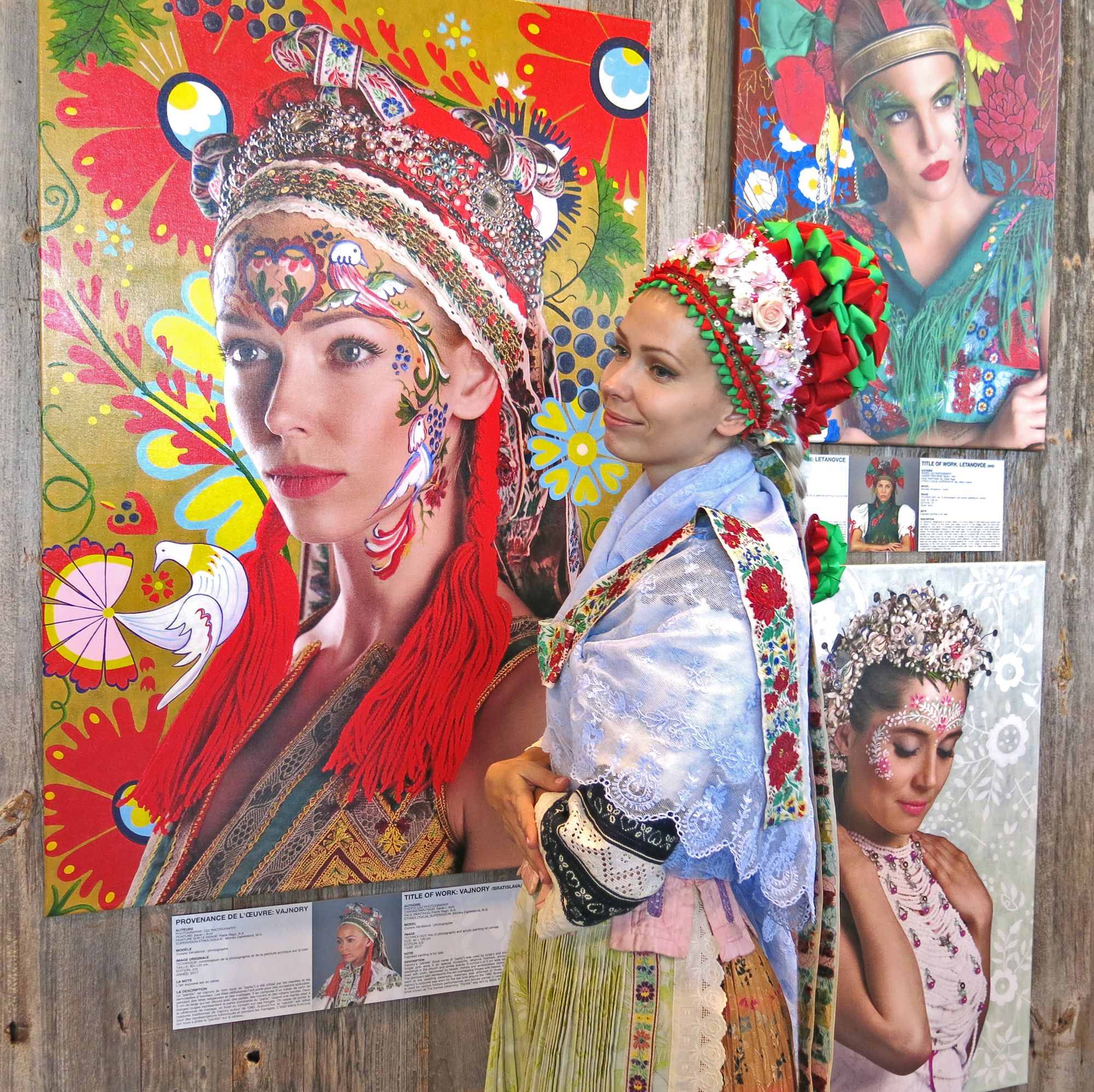
Ethnologist Katarína Sabová initiated the project with the aim of raising awareness of the almost forgotten headdress from Slovakia’s past and to show its unique beauty and rarity. The artist duo LSZ Photography, Ľubomír Sabo and Zuzana Sénášiová, photographed only young, single, and childless girls, in accordance with tradition and ancestral customs. The means of modern expression include artistic face painting based on traditional decorations by artists Andrea Ľubocká and Patrik Rago, and the folk costume to which the parta belongs. The paintings depict beautiful Slovak actresses, singers, media celebrities, and models.
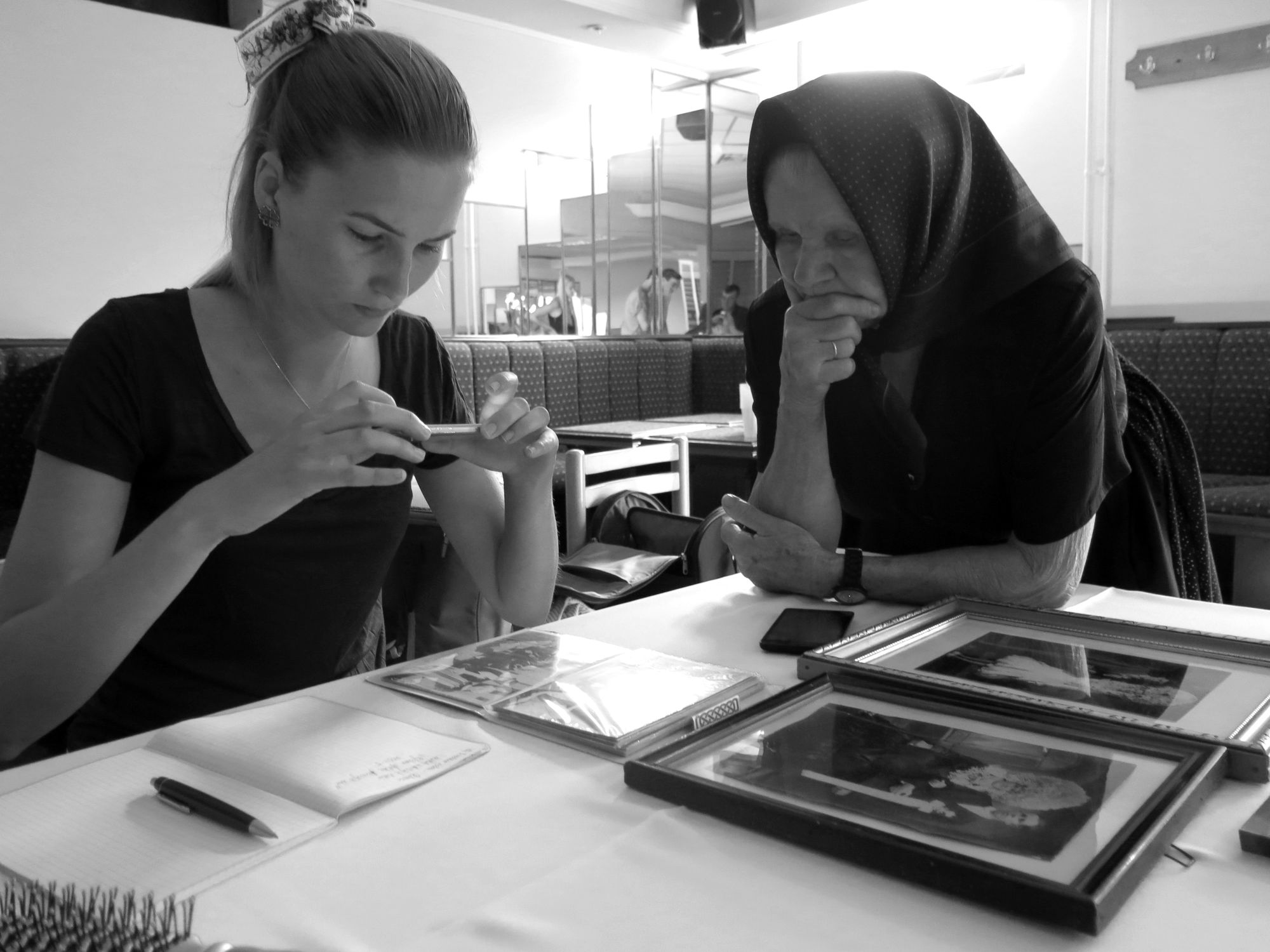


The finished photos are printed on canvas and then hand-painted with acrylic paint, adding embellishments and details. Sarah Avni and Ivana Mintálová are the artists who painted the backgrounds of the photos with folk elements from each parta, making them typical for the region.
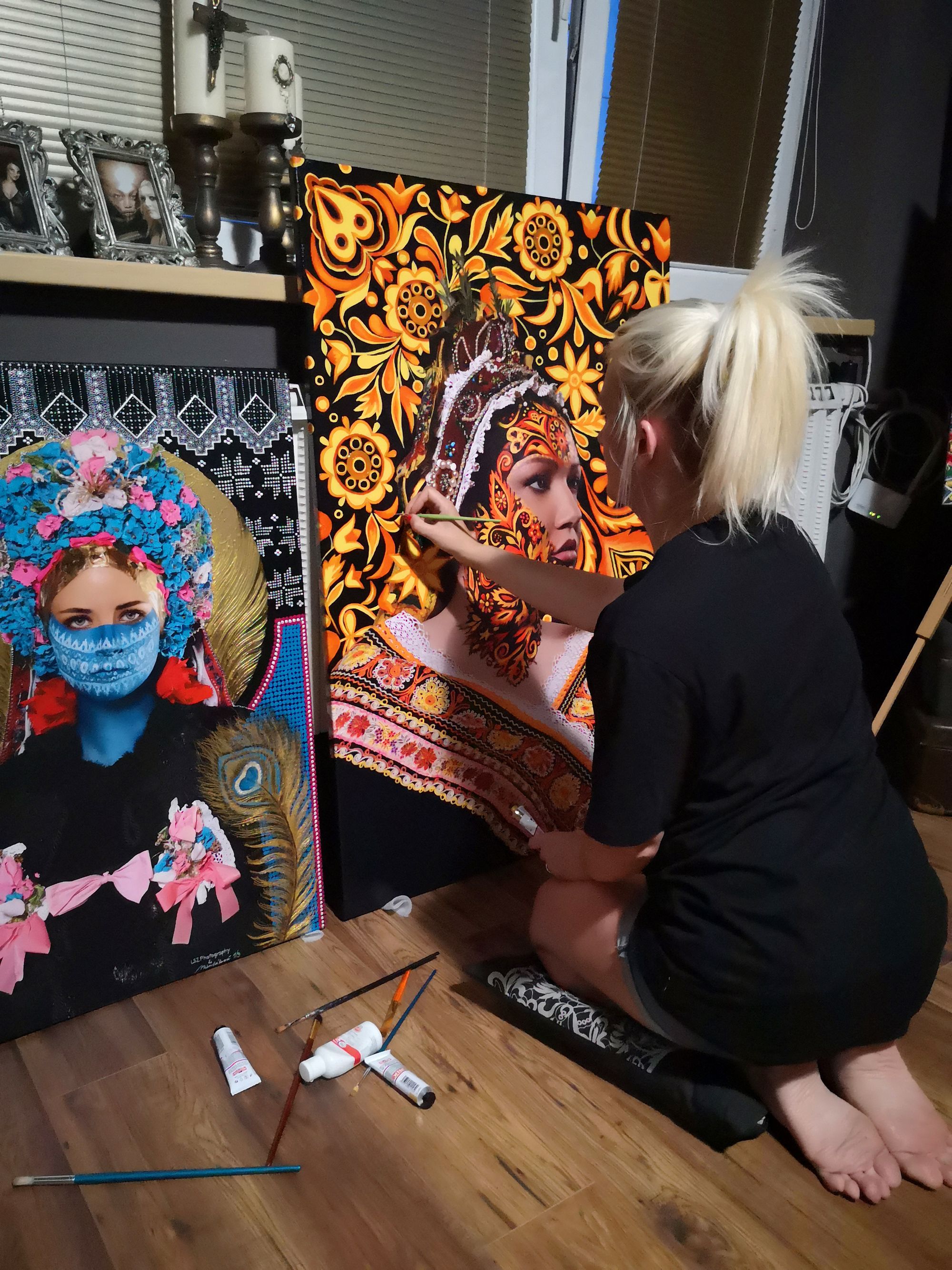


Reflections on the war’s first anniversary

Sometimes you need to dig deep for a spectacular view | TOP5
